![[Photo: Spencer Platt/Getty Images]](/sites/default/files/styles/teaser_list_thumbnail_large/public/title_images/unnamed_111.jpg?itok=EecHUi_J)
Arizona tends to try out new approaches and programs, but rarely sticks with such efforts long enough to bring about change.
![[Photo: Spencer Platt/Getty Images]](/sites/default/files/styles/teaser_list_thumbnail_large/public/title_images/unnamed_111.jpg?itok=EecHUi_J)
Arizona tends to try out new approaches and programs, but rarely sticks with such efforts long enough to bring about change.
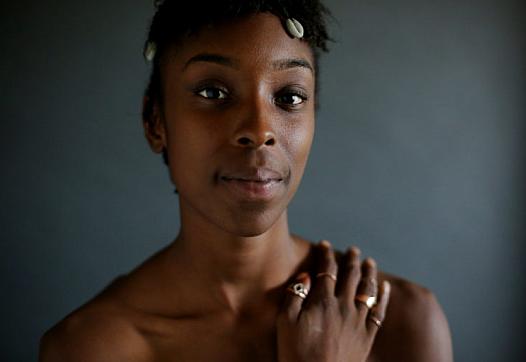
In Oklahoma, ranked No. 1 for per capita female incarceration, kids were going missing from school because their mothers were locked up in county jail. "This was the most complicated story I’ve ever done," writes 2016 National Fellow Cary Aspinwall.
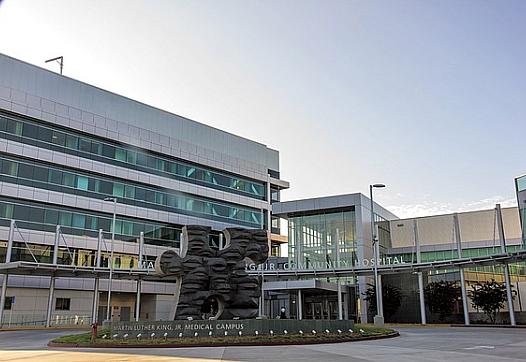
This article was produced as a project for the USC Center for Health Journalism’s California Fellowship.
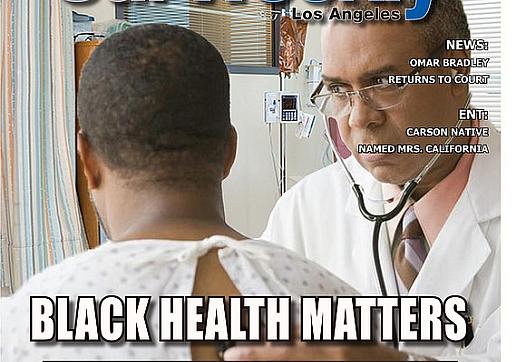
Officials at Martin Luther King Jr. Community Hospital in Watts are trying to remedy that situation by focusing on preventative health.
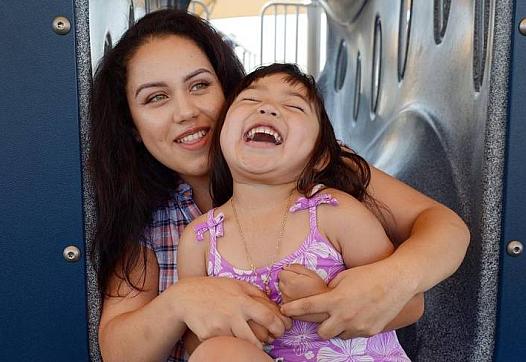
The story is the first in a series about sex education and teen pregnancy in the central San Joaquin Valley, and is produced as a project for the USC Center for Health Journalism’s California Fellowship....
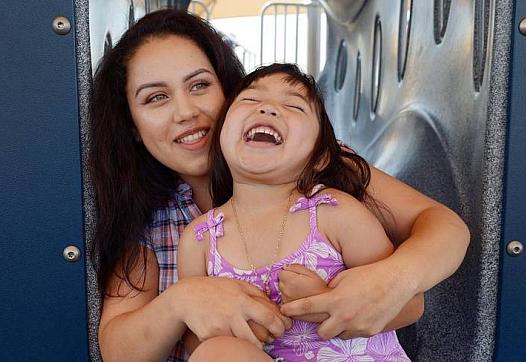
Graciela Pacheco's teachers never taught her about sex. She learned most of what she knows from her next-door neighbor — a 15-year-old boy she met when she was 12 — who would become the father of her child.
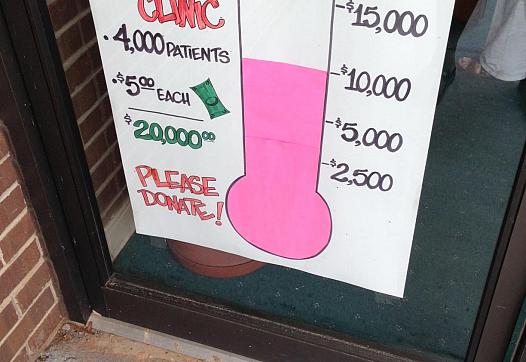
Warren County, North Carolina has experienced decades of hardship and despair. But Mary Somerville of the Warren Community Health Clinic says nothing was more heartbreaking than the day she had to close the clinic.
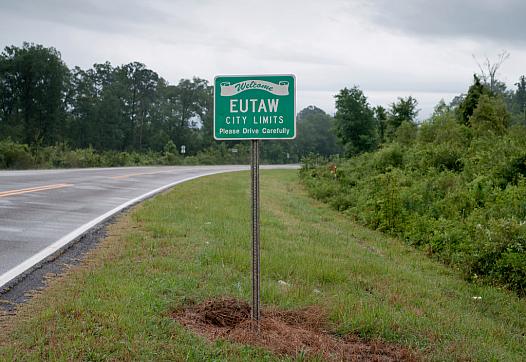
The Southern region referred to as the Black Belt is one of the most persistently poor in the country, life expectancies are among the shortest, and poor health outcomes are common.
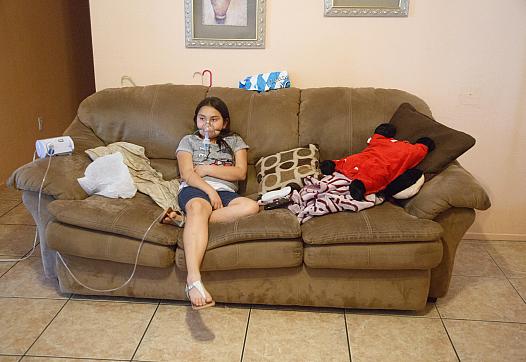
As the Salton Sea slowly dries up, an environmental health disaster is brewing. In response, the Desert Sun found new ways to report on the rising health threat to local communities.
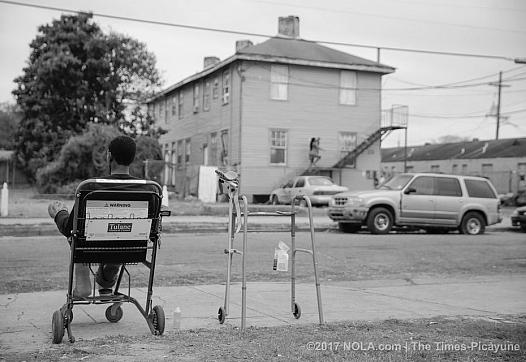
Candince McMillian knew little about New Orlean's Central City neighborhood before she bought her home. Then two bullets ripped through her front door.